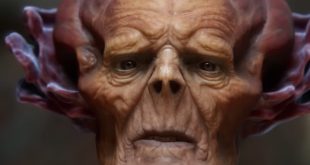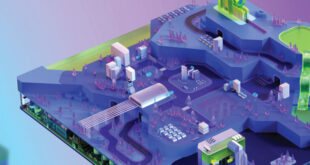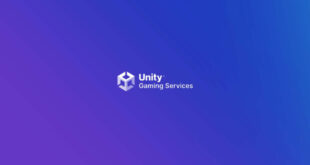“It pretty much saved the studio,” Blackbird Interactive CTO Yossarian King says as he recalls the moment the developer was granted permission to use the Homeworld licence.
Following years of failing to secure the rights to the sci-fi strategy series, which had lain dormant since 2003, King and his team were finally approved by Gearbox, after THQ’s bankruptcy and assets auction in 2013 left the Borderlands creator in control.
As well as rehiring laid-off staff and allowing Hardware: Shipbreakers to be rechristened as Homeworld: Shipbreakers – later to become Homeworld: Deserts of Kharak – the acquisition also saw Blackbird scale up its ambition for the title.
“Our project was originally a Facebook game,” recollects King, who served as lead programmer on the title. “Our plan was to create a lush visual experience unlike anything available on Facebook at the time. We chose Unity for its ability to bring fantastic 3D graphics to the web.
"When we got the Homeworld licence and shifted to a more traditional competitive RTS game with high unit counts, the biggest change was the deterministic simulation architecture."
Yossarian King, Blackbird Interactive
“Mid-way through development, we got the Homeworld licence and shifted to a more hardcore RTS experience for the PC. By this time, we had a lot of experience with Unity and opted to keep using it; Unity was a great foundation to build on, and allowed us to focus on game systems and features rather than over-investing in core tech.”
Although the technological heart of the title remained the same, bringing Homeworld to PC presented Blackbird with the opportunity to take advantage of more of the engine’s abilities.
“We started the project on Unity 2.6 and, since we were on a shoestring budget, we used the free version, which at that time didn’t support shadows or video playback,” King says. “When we got the Homeworld licence and shifted to a more traditional competitive RTS game with high unit counts, the biggest change was the deterministic simulation architecture.
“As the project progressed, the content we were piling into the game got massive. We were using Unity 4.6, which was a 32–bit application, and the team was crashing the editor regularly with ‘out of memory’ errors. The 64–bit editor in Unity 5 was a godsend, and the memory problems became a thing of the past. Unity 5 also boosted performance and let us raise the bar on graphics.”
Deserts of Kharak sees players wage warfare on the titular sandy planet. Environmental features such as the height of dunes play into the tactical advantage of units, with Unity once again providing the foundation.
“We used a lot of Unity features, but many of them were heavily customised,” King reveals. “We used Unity terrain for initial whiteboxing and layout of maps, but final terrain was all handsculpted in art packages.
"We built custom tools for applying multilayered decals to terrain within the Unity editor, and for splitting up the world into a grid of tiles. The pipeline generates a heat map of rendering performance so the artists know where to optimise the levels.
“For vehicle physics, the game simulation controls the 2D position and heading of each unit; the physics can then bounce the unit up and down on its suspension and pitch and roll the vehicle. Separating our simulation from Unity physics was tricky, but really contributed to the fantasy of massive trucks in the desert.
"Separating our simulation from Unity physics was tricky, but really contributed to the fantasy of massive trucks in the desert."
Yossarian King, Blackbird Interactive
“In the game, the Coalition units are all wheeled and treaded vehicles, while their Gaalsien rivals use hover technology. Each faction has fifteen very different units, with attributes to control appearance, movement, armour, weapons, sensors and so on. Unity’s scriptable objects were an easy way to give designers full control of all these attributes.
“We also used a number of packages from the Unity Asset Store to accelerate development and extend the toolchain for artists and designers; mission scripting was done with uScript, front-end transition logic with Playmaker, audio configuration and tuning with Fabric, and front–end screens and in–game menus with NGUI.”
The path taken by Blackbird to make its modern-day vision of Homeworld a reality was as bumpy as the dunes of Kharak, but King is pleased with the final outcome.
‘We’ve been really stoked by the community’s response to Deserts of Kharak,” he enthuses. “They seem to have appreciated our efforts to remain true to the original game while bringing some new and unique twists.”

 MCV/DEVELOP News, events, research and jobs from the games industry
MCV/DEVELOP News, events, research and jobs from the games industry



